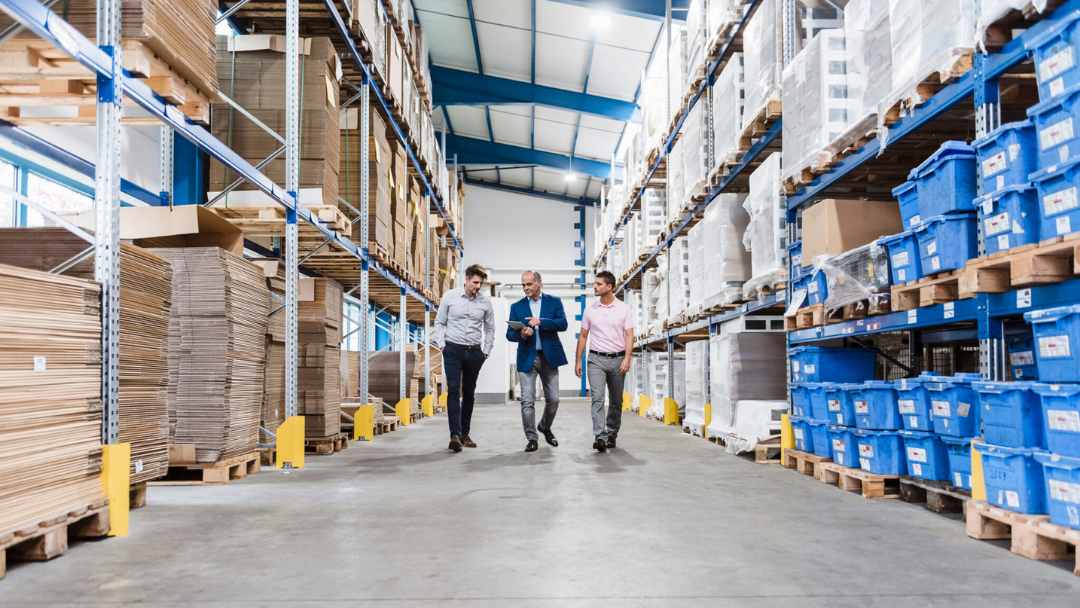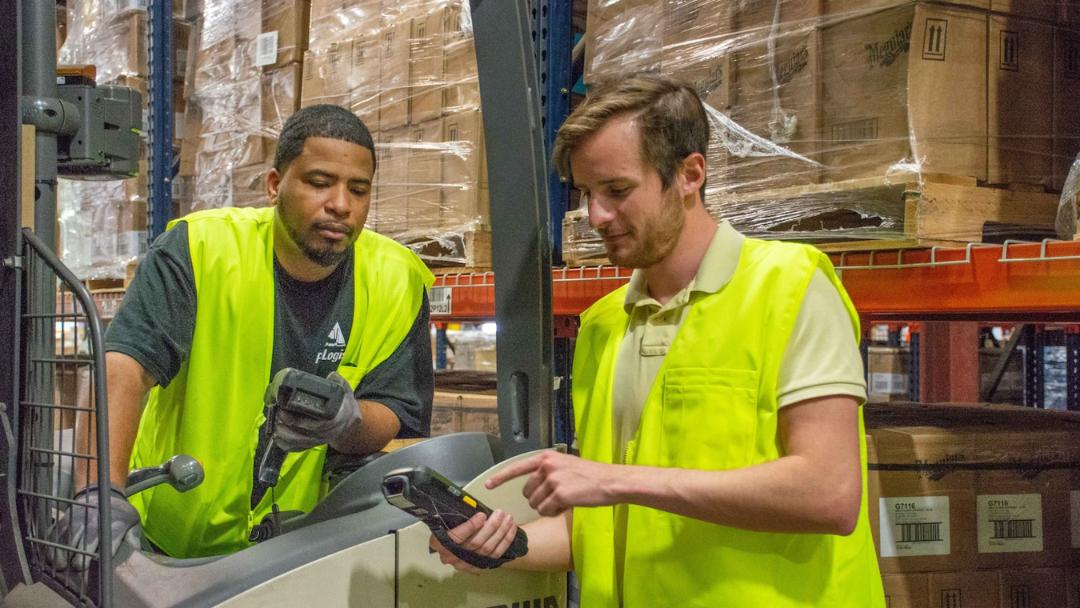From cargo ship congestion to chip and labor shortages, the logistics industry has experienced historic disruptions in the wake of the pandemic. Everyone from suppliers and producers to retailers and customers has been impacted, and, unfortunately, experts predict these challenges to continue into 2022. Still, others believe that this year could mark an inflection point for global supply chains as logistics companies make significant investments in digitizing their operations. But what does a digital supply chain look like, and how can tech help warehouse leaders overcome the challenges they face in 2022?
What is a digital supply chain?
A digital supply chain is one that integrates advanced technologies into traditional logistics processes to significantly improve overall visibility, productivity and efficiency. By providing leaders and workers with the data and tools they need to manage and streamline operations, digital supply chains are not only preparing them for future disruptions, but they're also changing the game for the logistics industry. Here are three examples of digital innovations in the supply chain that warehouses are already adopting:
The Internet of Things
One of the most powerful tools logistics leaders have in predicting and combating supply chain disruptions is visibility. The ever-expanding Internet of Things (IoT) delivers this through device sensors that can monitor everything that goes in the warehouse.
IoT-based devices are revolutionizing supply chain management systems by allowing operators to measure KPIs and other productivity metrics, track the movement and location of goods and monitor equipment for potential malfunctions. Their connection to the internet also enables real-time data capture and control from anywhere in the world.
Supply chain automation
As e-Commerce continues to boom, warehouses have had to speed up their operations to meet the growing demand. Many managers are now turning to automation as the solution. While we're a ways off from fully-autonomous robot workers, current technology can automate repetitive or time-consuming tasks like picking and sorting. According to Supply Chain Brain, a combined workforce of humans and robots can even improve productivity between 80% to 100%.
Many companies already automate back-office processes like procuring and sorting documents, allowing employees to focus on tasks that require more thought. Automation can also help eliminate human errors, making warehouse workflows far faster and more efficient.
Analytics and artificial intelligence
To stay on top of future supply chain disruptions, logistics leaders must have a firm grasp on what is happening inside and outside of their businesses, both now and in the future. That's why, according to Gartner, 50% of supply chain organizations are investing in artificial intelligence (AI) and advanced analytics through 2024. With AI-powered tools, managers can quickly comb through vast amounts of historical data to not only gain an understanding of their business's current position but also utilize predictive analytics to forecast market trends.
When paired with IoT-based warehouse equipment, AI can become a powerful tool for optimizing workflows and streamlining processes. This is because it provides managers with critical insights into improving overall performance, productivity and efficiency. As logistics leaders prepare for coming disruptions, these emerging technologies and advanced capabilities will reshape the supply chain as we know it.


